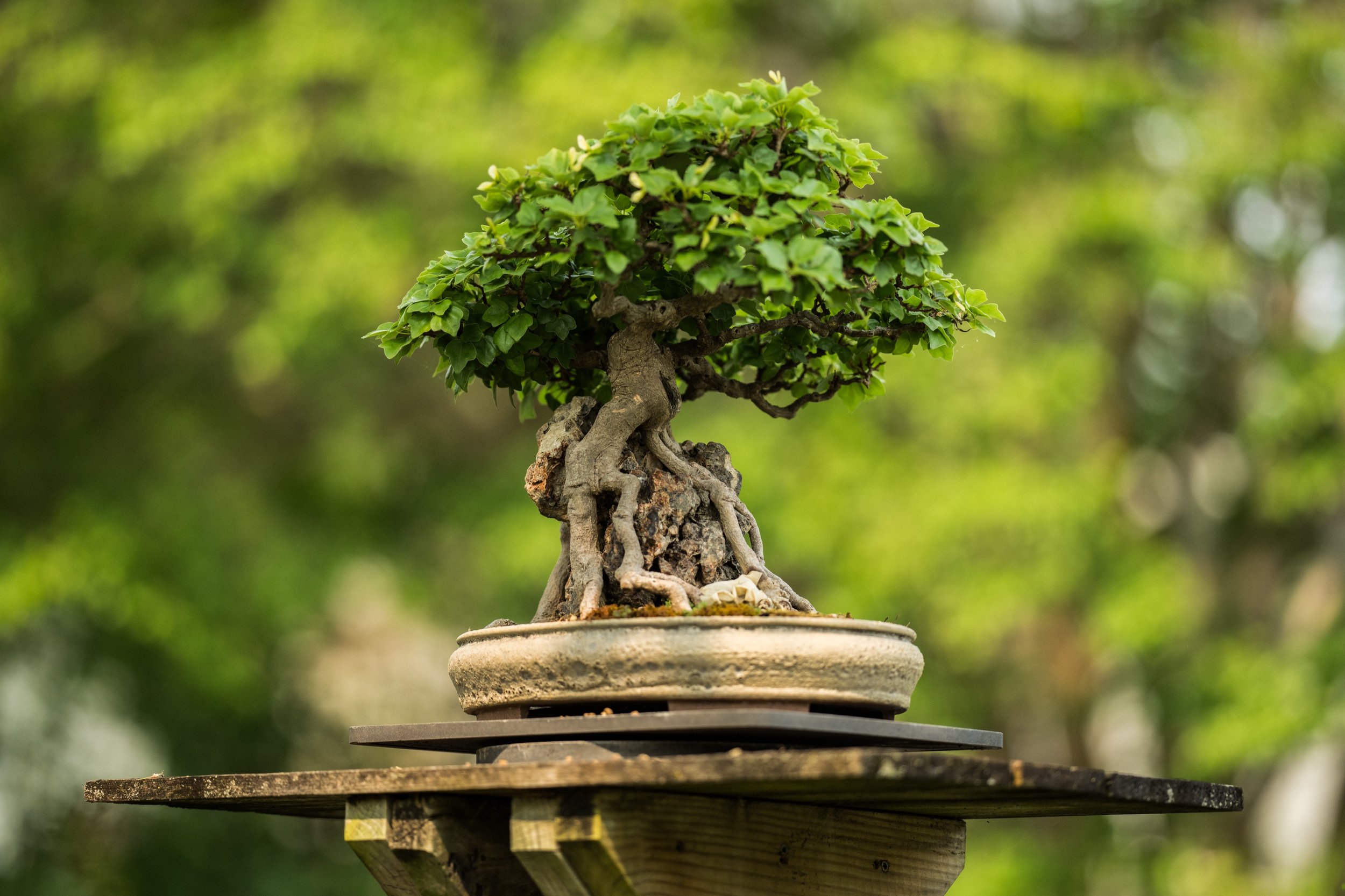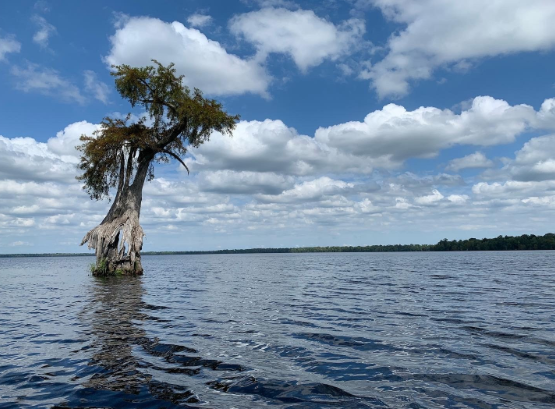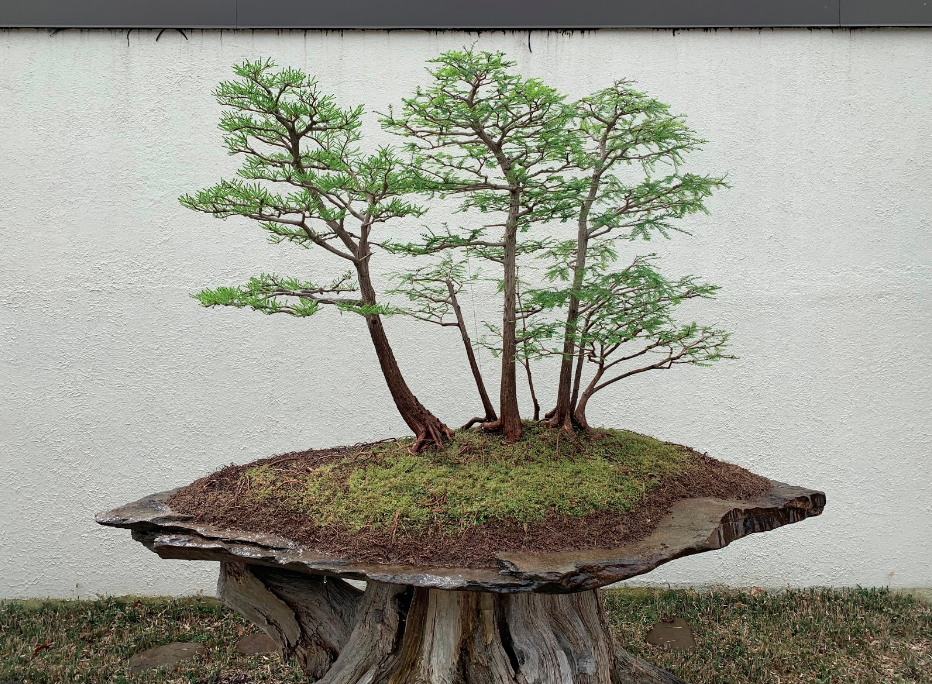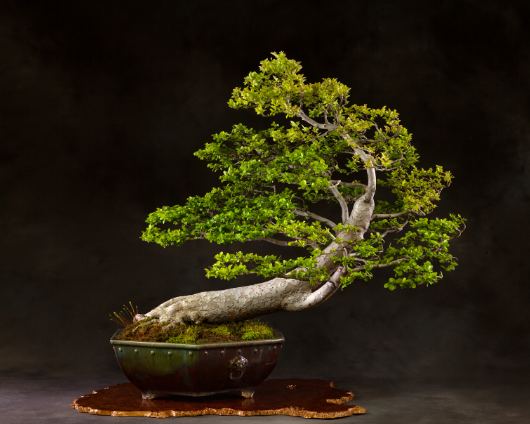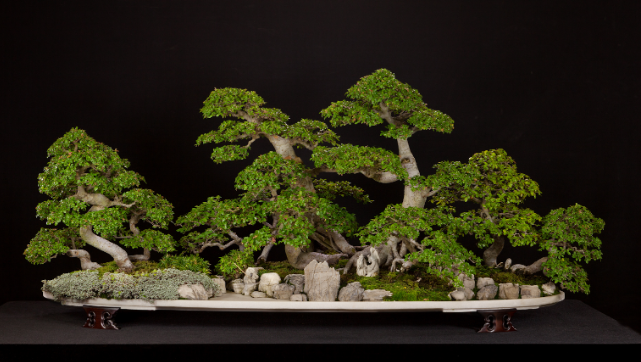We are pleased to announce the hiring of the NBF 2020 First Curator’s Apprentice, Sophia Osorio.
Robert Drechsler served as the first curator for the National Bonsai & Penjing Museum from 1976 to 1998. During the celebration of the 35th anniversary of the Museum in 2011, NBF established an internship – called the First Curator’s Apprenticeship – to honor Robert’s many years of service. The apprenticeship aims to train the next generation of American bonsai artists.
Sophia, who started on March 10, said a previous internship at the Central Park Conservancy in New York City first piqued her interest in wanting to work outside.
“I’ve known since graduating college that I never wanted an office job,” she said. “I wanted to be outdoors doing hands-on work.”
Sophia, 23, said her passion for trees first came to light during an environmental ethics course she took during her undergraduate education at Binghamton University in New York. She learned about the philosophical side of the environment, like how society’s carbon footprint affects Earth.
“It sort of inspired me to want to make a difference in my own small way,” Sophia said.
She said she first became interested in bonsai during an arbor culture certificate program she took part in at the New York Botanic Garden in the Bronx. Sophia said she saw the posting for the apprenticeship at the garden and decided to apply.
“I’m still trying to find a specific career path, like what I would like to do specifically with trees, because I feel like the options can be endless,” she said. “Bonsai have a visual aesthetic to them. I thought that was super interesting to learn more about, like pruning and care and things like that.”
Sophia said she has spent her first week working closely with Museum Curator Michael James, jotting down notes and tips about the trees she will be working with for the next year.
“There’s so much care and many different tactics that go into keeping trees alive for so long, like the Yamaki Pine,” she said. “Some people can’t even keep houseplants alive, so I think that’s amazing and it’s definitely a skill I would like to pick up on.”
When she isn’t learning about the Museum’s collections, Sophia keeps active with trips to the gym, hikes and long walks. She recently visited the Redwood Forest in California.
“You can leave me in a national park for hours and I'd be fine,” Sophia said. “I'm down for anything outdoors.”
We look forward to all Sophia will contribute to the Museum in her capacity as First Curator’s Apprentice. A special thanks to our 2019 apprentice Andy Bello, whom the U.S. National Arboretum has hired as a temporary agricultural research science technician.
The National Bonsai Foundation is looking for a new funding source for this program. Please contact us if you are interested.



